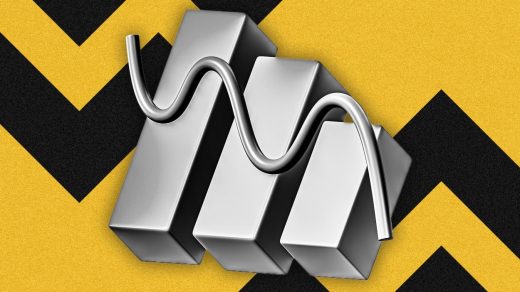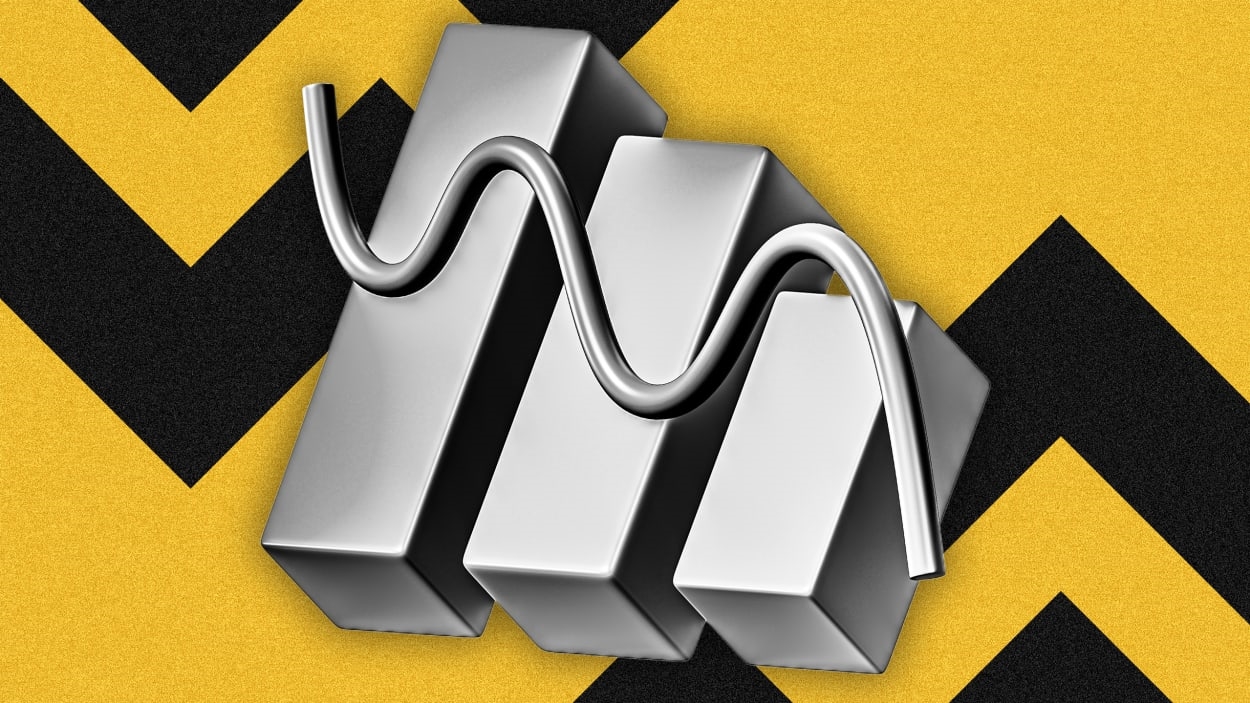As customers cash out billions, Binance halts withdrawals of stablecoin USDC
Binance, the world’s biggest cryptocurrency exchange—which survived the wake of FTX’s collapse and had once even looked to bail out the floundering firm—now seems to be heading into its own storm.
According to data from crypto analytics firm Nansen, Binance has been fielding a wave of customer withdrawals, with $1.9 billion leaving the exchange in the 24 hours prior to Tuesday morning. Those numbers drained into a net outflow of nearly $1 billion overall.
That net outflow is far larger than that of any of Binance’s centralized crypto exchange peers, CoinDesk reported, and is roughly nine times larger than the closest runner-up.
Separately, on Tuesday, Binance also said it would “temporarily pause” withdrawals of USDC, a major stablecoin. “We have seen an increase in withdrawals [of USDC],” Binance’s chief executive, Changpeng Zhao, wrote on Twitter. In another tweet, he blamed the halt on the logistics of “token swaps,” in which USDC is converted into other stablecoins. Those swaps must be funneled through intermediary New York banks, which are “not open for another few hours,” Zhao wrote early on Tuesday morning. “We expect the situation will be restored when the banks open.”
In September, Binance had ended support for trading of USDC on its platform, a move that raised eyebrows at the time, as USDC is the world’s second-biggest stablecoin and a direct competitor to Binance’s own original stablecoin. While the exchange still lets customers store USDC within its custody services, if they want to withdraw the token, it must be converted into another trading-supported token—like Binance’s Binance USD or Paxos Standard—in the process.
Despite Zhao’s stab at explaining away the halt in withdrawals, it comes amid a string of worrying news reports that have shaken investors.
The surge in overall withdrawals followed the results of a Binance audit published last week by global crypto auditor Mazars. It was commissioned after FTX’s downfall, as crypto exchanges have been pushed to prove to investors that their finances are not similarly flimsy.
The so-called “proof-of-reserves” report—which verifies that firms have enough collateral reserves to back up their customer funds, pay loan obligations, and meet other financial liabilities—was actually positive, suggesting that Binance has enough cash to meet exactly 101% of its total financial liabilities. However, the report was swiftly derided by experts, who pointed out that there was a suspicious lack of detail in the numbers. In fact, there were only three numbers shared at all. The optics were counterproductive for Binance. Investors began to wonder if it had something to hide.
But worse, on Monday, Reuters reported that U.S. prosecutors were weighing criminal charges against Binance and some of its executives including Zhao. Sources told the news wire that a years-long investigation had gathered a wealth of evidence that Binance failed to comply with U.S. anti-money-laundering laws.
Fast Company reached out to Binance for comment, and will update this post if we hear back. In a tweet on Monday, Zhao urged his followers to “ignore FUD”—FUD being crypto slang for “fear, uncertainty, and doubt” that keeps investors from going all in.
What’s next? Stay tuned. Because as this chaotic year in crypto has shown, anything could happen.
(24)



